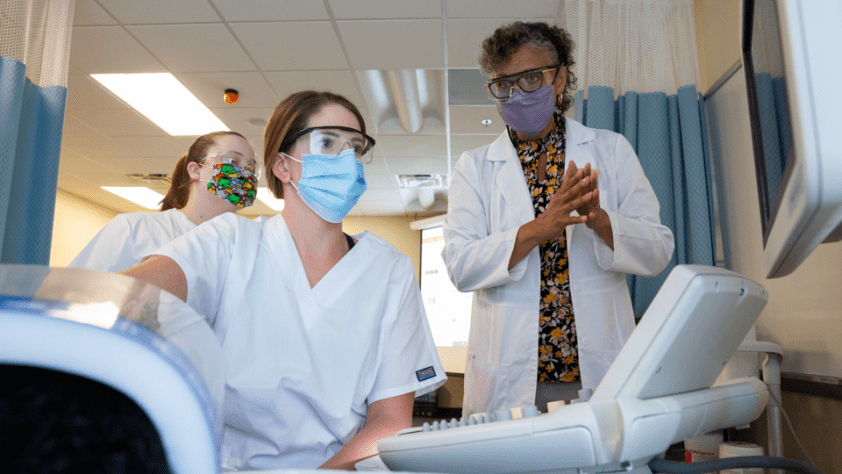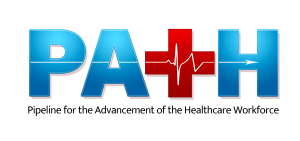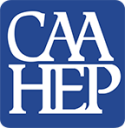
Program Highlights
A diagnostic medical sonographer uses specialized equipment to create images of the inside of the body that can help doctors diagnose and monitor various medical conditions.
- Study the structure and function of the human body to accurately capture diagnostic images.
- Learn to operate ultrasound and other imaging equipment to produce high quality diagnostic images.
- Gain skills in patient communication, positioning and learn to collaborate with medical teams.
Degrees and Certs
LLCC offers the following programs to successfully equip you for a career in diagnostic medical sonography (DMS). Explore available diagnostic medical sonography classes in LoggerCentral. Students need to consult with program director before enrolling in DMS classes.
Cost
For the 2025-2026 academic year (fall 2025, spring 2026 and summer 2026), diagnostic medical sonography (DMS) classes have a tuition rate of $287 per credit hour for in-district residents. The total estimated cost of tuition, variable tuition and standard fees, for in-district students, is approximately $16,897 for the DMS AAS program. Get more information on tuition and fees.
There are separate costs for books, uniform expenses, a clinical tracking system, registry exam fees and other program requirements.
Paying for college
Learn more about cost of attendance.
There are ways to get help paying for college. Learn more about paying for college.
Support available

The Pipeline for the Advancement of the Healthcare Workforce (PATH) program provides financial and other supports for occupations within the health care field. Learn more about PATH, including support services, programs and eligibility.
Job Outlook
Selective Admission
Applications for the diagnostic medical sonography program will be accepted from April 1, 2025, through 5 p.m. February 6, 2026, or until filled. Classes begin with the summer session in June.
Students who choose to pursue an associate in applied science degree in diagnostic medical sonography must meet the minimum criteria to enter the applicant pool.
See DMS Selective Admission Requirements
Tours
Questions about the diagnostic medical sonography program or any of our health professions programs? Looking to schedule a tour? Contact recruitment specialists Jeff Martin or Sarah Beggs.

